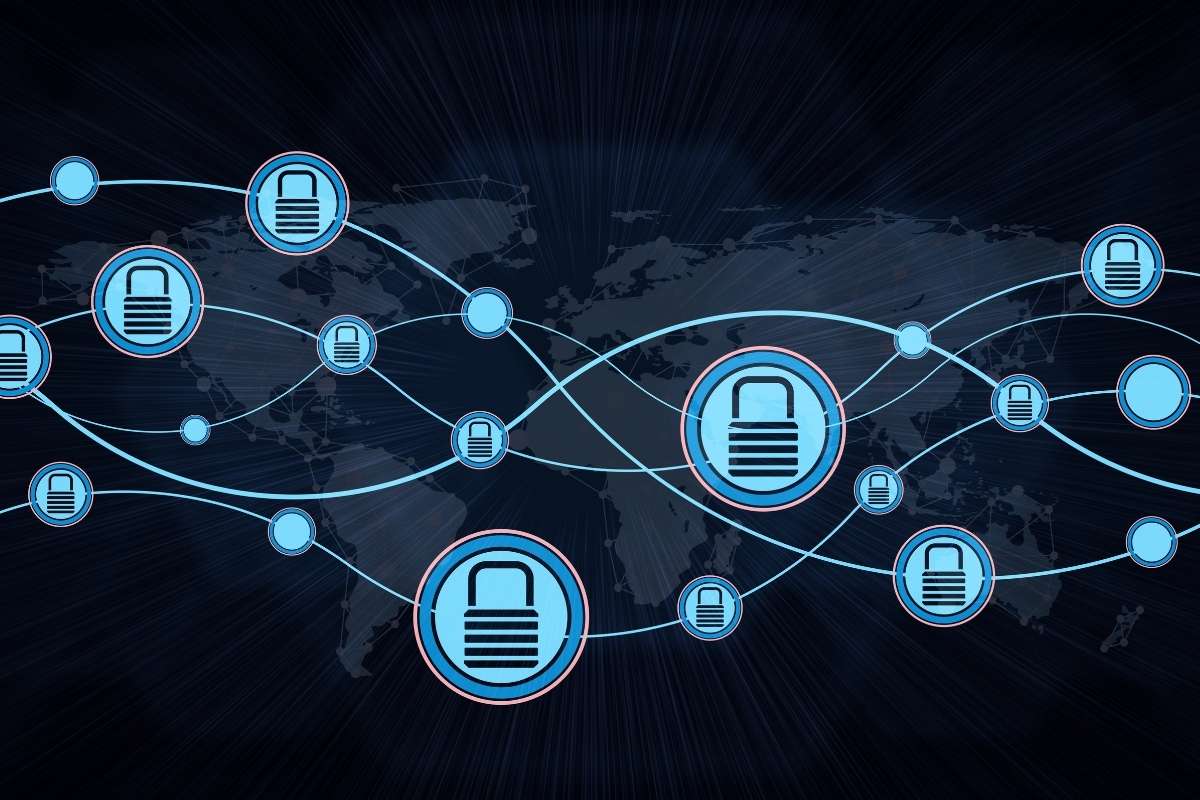Australia’s cybersecurity is advancing towards its goal of becoming one of the world’s most cybersecure nations by 2030, bolstered by recent legislative reforms and increased budgetary allocations. However, amidst this progress, concerns have arisen regarding the effectiveness of existing cybersecurity measures within organizations. Research indicates that many entities may be burdened by redundant security systems, leading to inefficiencies and potential oversights in threat detection and response.
Challenges of Cybersecurity Integration
As Australia’s cybersecurity landscape expands, so too does the complexity of managing diverse security solutions. The proliferation of overlapping security systems within organizations poses significant challenges to Security Operations (SecOps) teams. These teams are often overwhelmed by the sheer volume of data generated, which can lead to alert fatigue and the inadvertent oversight of critical security incidents. Addressing these issues becomes crucial as Australia’s expenditure on information security and risk management is set to increase by 11.5% to AU$7.3 billion in 2024.
To optimize cybersecurity effectiveness, experts emphasize the need for consolidating security solutions where feasible. This consolidation should align with relevant regulations and standards tailored to the specific assets and data under protection. For instance, critical infrastructure providers are guided by the Security of Critical Infrastructure (SOCI) Act and the Australian Signals Directorate’s Information Security Manual (ISM), while government agencies adhere to the Essential Eight maturity model.
The Role of DNS in Strengthening Cyber Defenses
A pivotal aspect of enhancing cybersecurity resilience lies in leveraging core network services, particularly DNS (Domain Name System), DHCP (Dynamic Host Configuration Protocol), and IP address management (DDI). These services not only identify assets requiring protection but also provide up-to-date threat intelligence crucial for preemptive defense strategies. DNS, in particular, stands out as a primary line of defense, capable of blocking 92% of malicious domains and detecting threats that evade traditional security measures.
Protective DNS and DNS detection and response (DNSDR) technologies play a critical role in threat mitigation by offering comprehensive visibility and proactive defense capabilities. This approach is pivotal given the evolving nature of cyber threats and the increasing sophistication of malicious actors. Moreover, initiatives like the Australian Cyber Security Centre’s (ACSC) provision of the protective DNS system AUPDNS at no cost to critical government entities underscore the importance of DNS security in safeguarding national interests.
Empowering Australia’s cybersecurity through Education and Collaboration
Beyond technological advancements, education emerges as a cornerstone of Australia’s cybersecurity strategy. Recognizing cybersecurity as a dynamic and evolving discipline, initiatives such as the Small Business Cyber Resilience Service program aim to enhance cyber capabilities and provide essential training to stakeholders across various sectors. Additionally, recent investments in STEM programs underscore Australia’s commitment to fostering a skilled cybersecurity workforce capable of tackling emerging threats.
Collaboration between the government, industry, and academia is essential in promoting a culture of cybersecurity awareness and resilience. Industry stakeholders are encouraged to support educational initiatives by offering training courses and resources aimed at enhancing cybersecurity knowledge among employees and partners. By nurturing a well-informed and proactive cybersecurity community, Australia aims to fortify its defenses against cyber threats effectively.
Conclusion
As Australia charts its course towards cybersecurity maturity, a multi-faceted approach encompassing consolidation of security measures, robust DNS protection, and comprehensive education initiatives emerges as imperative. By streamlining security environments in alignment with regulatory frameworks, leveraging DNS technologies for enhanced threat detection, and investing in continuous education and skill development, Australia positions itself at the forefront of global cybersecurity leadership. With these strategic efforts in place, Australia not only aims to achieve its cybersecurity goals but also sets a benchmark for other nations aspiring to fortify their digital defenses in an increasingly interconnected world.
Also read: Cyber Pro magazine






